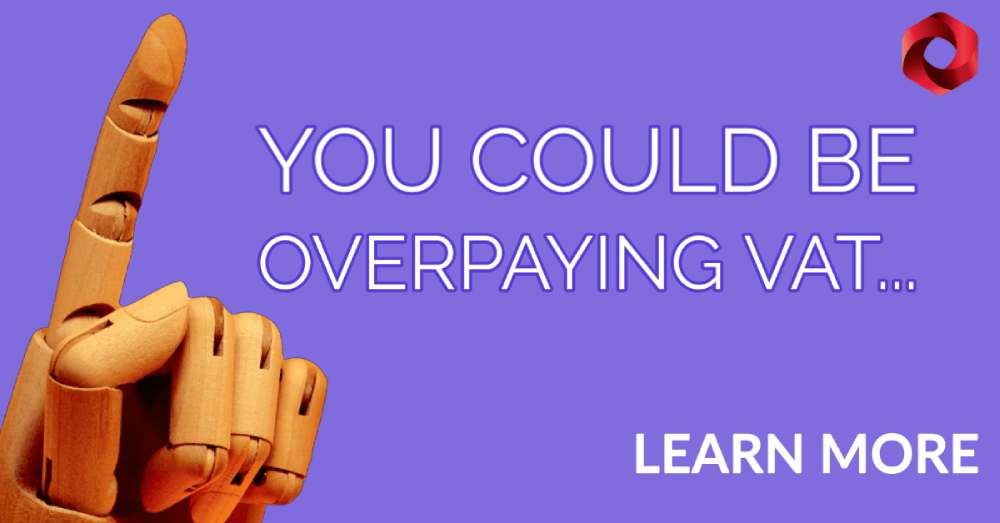Reduce the amount of VAT you pay on your building projects
- July 2021
- 3 minutes
Construction companies are always seeking for better ways to manage their money, and this is never more true than now. VAT on construction projects is one area that is commonly overlooked.
We explain the importance of reviewing current and future projects and how this could lead to improved cash flow or a VAT refund depending on the developer’s VAT status.
For some developers, the method is simple: they pay the contractor VAT and then claim it from HMRC. The disadvantage is that the VAT outlay must be financed for up to four months before it can be reclaimed through the VAT return, which raises borrowing costs. In addition, HMRC scrutinizes VAT refund claims and will take every chance to reject input tax if there is a justification to do so.
Depending on the property being developed and its anticipated future use, certain developers may be unable to collect VAT on building costs and professional fees. In these circumstances, VAT becomes an absolute bottom-line cost, however, there are ways to offset this with careful preparation.
 What are the rules, and how may VAT be more effectively “mitigated”?
What are the rules, and how may VAT be more effectively “mitigated”?
The rules are broadly that:
- New residential dwellings are covered by legislation for the construction services to be VAT zero-rated (0%).
- A conversion from commercial to residential use is covered by legislation which allows the reduced rate (5%) to apply.
- Contractors must apportion their VAT charge if they are working on a new build development of new commercial and new dwellings. Otherwise, if the values are not apportioned, the whole supply should be treated as standard-rated (20%).
- Contractors must apportion their VAT charge if they are working on a new build development of new commercial and new dwellings. Otherwise, if the values are not apportioned, the whole supply should be treated as standard-rated (20%).
- Zero-rate on construction also applies to the construction of buildings being used for Relevant Residential Purposes (RRP) and Relevant Charitable Purposes (RCP).
- The reduced rate applies to renovations where a dwelling has not been lived in for two years previously or where the conversion results in a different number of dwellings in a building for example where a house is converted into flats.
Developers and contractors are not always aware of all the VAT exemptions available; therefore, they do not take advantage of them to their full potential. Understanding and using the relevant reliefs from the start is the most effective strategy to reduce or eliminate VAT.
 Do not just go for the easy way out.
Do not just go for the easy way out.
Some construction companies and contractors are knowledgeable in this area, but many are not and simply take what they perceive to be the easiest option by simply applying VAT at 20% so they have less risk of an issue with HMRC. Others do not want the hassle of having to consider applying VAT at different rates and many are simply unaware that VAT does not always have to be applied at 20%.
We have looked at a lot of construction projects to see if any of them qualify for VAT relief through zero-rating or reduced rating, and we have worked with contractors and developers to make sure that VAT is paid correctly in the future. Some projects may have a combination of two or all three VAT rates.
 What about completed projects?
What about completed projects?
It is also possible to check the VAT position for completed building projects to guarantee that VAT was correctly charged. This is especially beneficial for developers who have built property where VAT could not be collected, such as portfolio stock for residential lettings.
If a project has been incorrectly billed with VAT in the last four years, there is scope to have the contractor issue a credit note and a VAT refund and again this is an area where we have successfully helped clients. Contact us today to find out how TaxQube can help.


